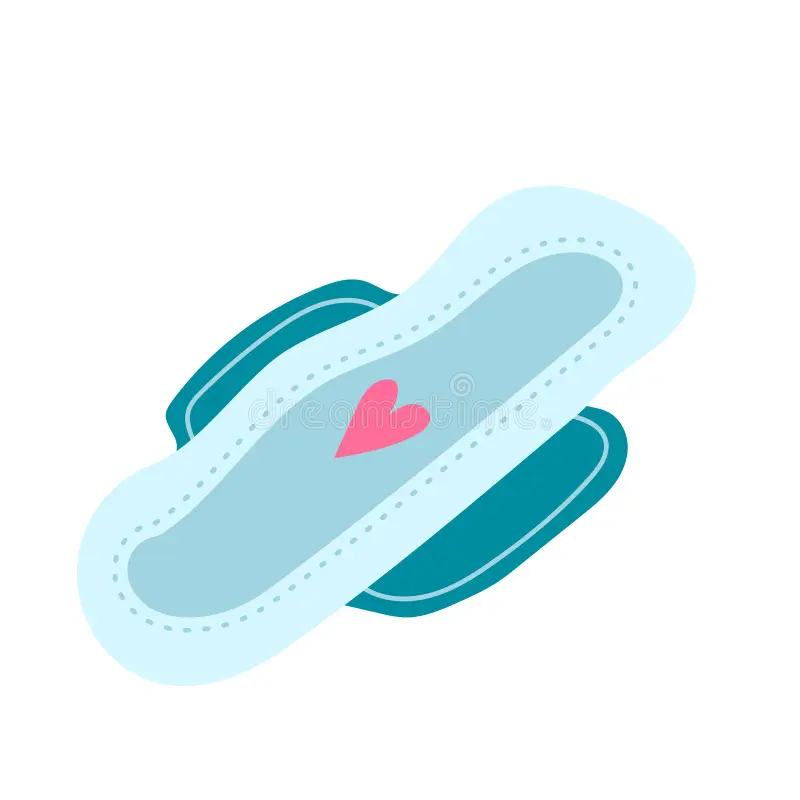Periods are a natural part of life, yet choosing the right menstrual product can be confusing. With so many options—menstrual cups, sanitary pads, and tampons—how do you know which one is best for your lifestyle, comfort, and health? Each product has its pros, cons, and specific scenarios where it shines.
At Algyna Clinic Lahore, where we provide Gynecological Disorders and women’s health services, we often hear patients asking: “Should I switch to a cup?”, “Are tampons safe?”, “Are pads really the healthiest option?” This guide breaks it all down to help you make an informed choice.
Sanitary Pads
Pads are the most commonly used product in Pakistan and remain the go-to option for many women.
Pros
- Easy to use—no insertion required.
- Great for beginners or young teens.
- Available everywhere, affordable, and disposable.
- Safe for women with vaginal infections or those who don’t want to use internal products.
Cons
- Can feel bulky, especially during exercise.
- Risk of rashes and irritation if not changed frequently.
- Less environmentally friendly due to plastic and waste.
Pads may be most suitable for women with heavy menstrual bleeding, which is sometimes linked to conditions like fibroids or hormonal imbalance. If you suspect abnormal cycles, seek evaluation under Hormonal Imbalance Treatment to understand underlying causes.
Tampons
Tampons are small, absorbent cylinders inserted into the vagina to absorb flow directly. They’re popular in Western countries but less so in Pakistan.
Pros
- Discreet, compact, and ideal for sports/swimming.
- Provide more freedom of movement.
- Reduce the “wet” feeling compared to pads.
Cons
- Require insertion—may feel intimidating for first-timers.
- Must be changed every 4–6 hours to prevent infections.
- Rare but serious risk of Toxic Shock Syndrome (TSS) if used improperly.
For active women or athletes, tampons can be very convenient. However, if you often experience vaginal irritation, infections, or unusual discharge, tampons may worsen symptoms. That’s why a consultation at Gynecological Disorders is recommended before regular tampon use.
For related care, read our blog Vaginal Health After Childbirth: Tips, Hygiene & When to See a Doctor, which also covers hygiene tips relevant to tampon users.
Menstrual Cups
A menstrual cup is a small, flexible cup made of medical-grade silicone or rubber, inserted into the vagina to collect—not absorb—blood.
Pros
- Long-lasting (reusable for 5–10 years).
- Eco-friendly and cost-effective over time.
- Can be worn up to 8–12 hours.
- Less odor since blood isn’t exposed to air.
Cons
- Requires insertion and removal practice.
- Needs thorough cleaning between uses.
- Not ideal for women with certain vaginal conditions (e.g., prolapse).
Menstrual cups are increasingly popular among women seeking sustainable and budget-friendly solutions. They’re particularly useful if you struggle with skin rashes from pads. However, if you’ve recently given birth or have pelvic floor weakness, it’s wise to discuss suitability with your doctor—especially if you’re already in Pregnancy Care or postpartum recovery programs.
Key Differences at a Glance
| Feature | Pads | Tampons | Menstrual Cup |
| Comfort | External, no insertion | Internal, discreet | Internal, can last 8–12 hrs |
| Hygiene Risk | Rash if left too long | Infection/TSS risk if not changed | Requires sterilization |
| Cost | Monthly expense | Monthly expense | One-time purchase, reusable |
| Eco-Friendliness | Least | Moderate | Most sustainable |
| Ideal For | Beginners, heavy flow, infections | Active women, swimmers | Eco-conscious, budget-friendly users |
When to Use What?
- During Heavy Days: Pads or menstrual cups may be more reliable.
- While Exercising or Swimming: Tampons or cups offer freedom of movement.
- For Travel/Long Hours: Menstrual cups (change less often) or tampons.
- For Skin Sensitivity: Menstrual cups reduce rash risks.
- For Teens/First-timers: Pads remain easiest to start with.
Health Considerations
- Women with PCOS or thyroid issues may have heavier, irregular cycles, making pads or cups preferable.
- Postpartum women should generally avoid tampons or cups until cleared at follow-up under Birth Delivery.
If you notice unusual odor, persistent irritation, or very heavy bleeding, always consult for possible infections, fibroids, or endometriosis.
FAQs About Menstrual Products and Period Care
Q: Which menstrual product is safest for first-time users?
A: Sanitary pads are easiest for beginners, especially teens, because they don’t require insertion.
Q: Are menstrual cups safe?
A: Yes, if cleaned and inserted correctly. They’re made of medical-grade silicone and can be worn up to 12 hours.
Q: Can I use tampons right after childbirth?
A: No. Doctors usually recommend waiting at least 6–8 weeks postpartum and confirming healing during your Pregnancy Care follow-up.
Q: Which option is best for heavy bleeding?
A: Menstrual cups hold more fluid than pads or tampons and may be more convenient, but pads are also reliable.
Q: Can switching products help with period pain?
A: Not directly, but comfort matters—pads may cause chafing, while cups/tampons can reduce the feeling of heaviness.
Conclusion
Choosing between menstrual cups, sanitary pads, and tampons is highly personal. Pads remain the most accessible and beginner-friendly option. Tampons are discreet and useful for active lifestyles, while menstrual cups are sustainable and cost-effective for long-term use.
If you experience unusual symptoms—very heavy bleeding, pain, or repeated infections—don’t just switch products; seek medical care. At Algyna, our specialists provide guidance through Gynecological Disorders, Hormonal Imbalance Treatment, and Pregnancy Care services, ensuring your menstrual health is always prioritized.
By understanding your body, your needs, and the strengths of each product, you can make empowered choices for every stage of life.


